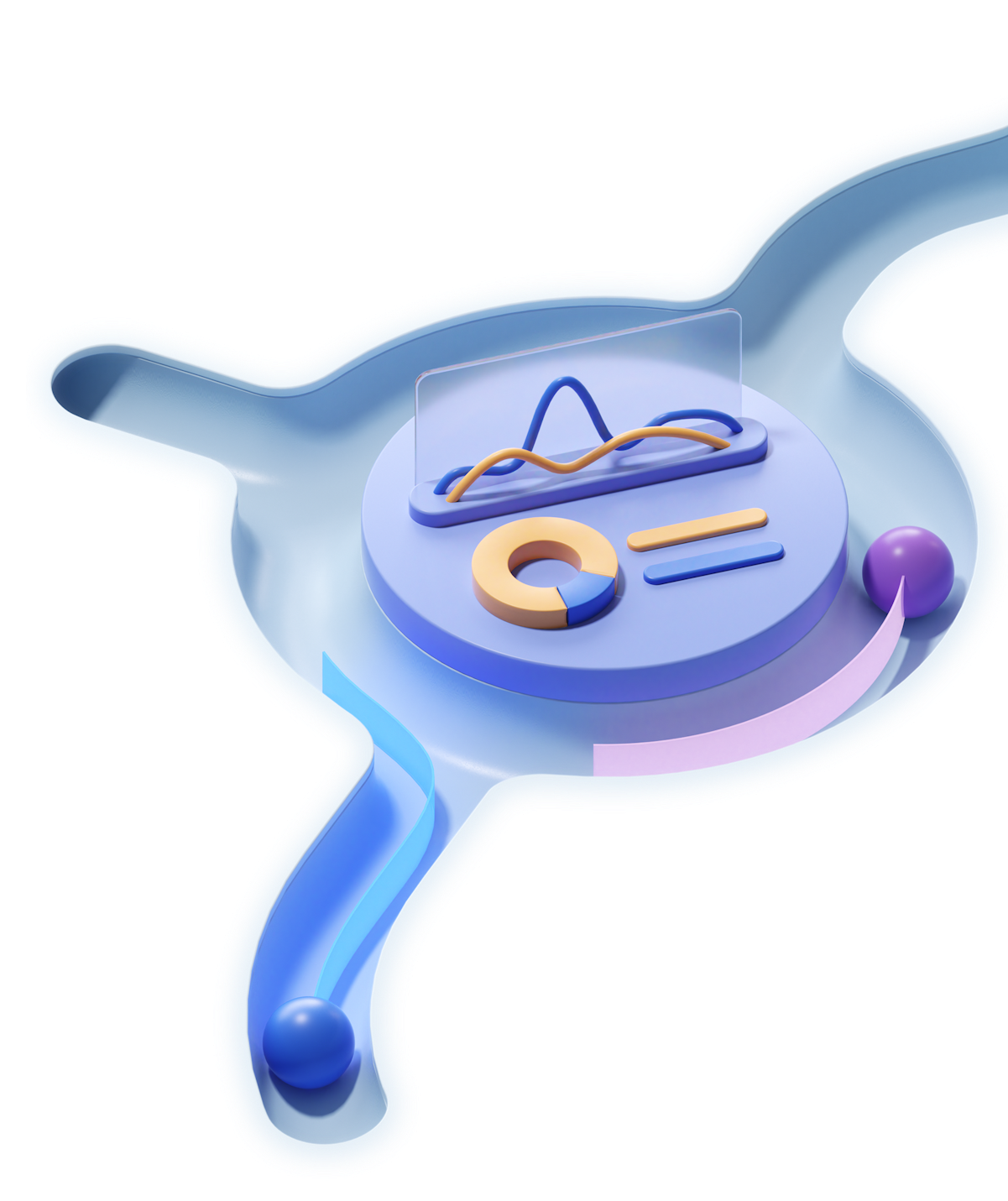Let’s face it—sometimes the biggest thing standing in the way of reaching our best potential is ourselves. It’s something we’ve seen mirrored in the product development workflow too. While product people understand the importance of research in building great products, when it comes down to it, speaking to users falls to the wayside.
In fact, 60% of product teams are speaking to users once per month or less—despite product decisions being made almost daily.
Which poses the question: how often should product teams be speaking with users? And what factors are getting in the way?
We believe continuous product discovery is the future of not only great products, but happy product teams.
Share
Continuous product discovery is about eliminating assumptions and biases in decision-making. It means speaking with users regularly enough to make learning feel like collaboration, building together. And not just during the discovery phase at the beginning of the product development cycle, but throughout every step–from concept, to launch, and beyond. Because if we all know one thing, it’s that products are never really finished.
That being said, we’ve witnessed first-hand how methods for collecting user insights are just not suited to the way modern product teams work.
With teams relying only on user interviews, which generated hours of insights and took weeks to comb through and extract key insights, research was deprioritized.
Since having built Maze and empowering designers to run usability tests remotely and having powered tens of thousands of tests and hundreds of thousands of results–we can see there is more at play here.
Product to researcher ratio sitting at 20:1
In organizations with research functions, boundaries have to be set. Typically, product teams outweigh researchers by an overwhelming amount, and researchers quickly become stretched too thin.
Researchers are passionate about bringing the user voice to teams across the organization in ways that will help propel business critical decisions. But supporting the needs of product teams can become a challenge. Lower priority or smaller user research projects centered around evaluative outcomes are often deprioritized in favor of bigger picture projects that produce more generative results.
The barrier to running good research
Product research in itself is no small feat. There’s a lot to consider from the hypotheses, to identifying the cohort of participants, to survey design, to analyzing and sharing the findings. And with each step, a new realm of best practices must be considered— while also bearing in mind there are so many kinds of research you can run, from usability tests to NPS surveys.
Sadly, a lot of research tools reflect this complexity. They keep the research workflow siloed to experts and make it difficult for designers and product managers to take action where needed.
The gatekeepers of customers and participants
When it comes to accessing customers' contact details and the right to reach out, the power usually lies with customer success, marketing, or data teams. Often it can be hard for product teams to pull lists based on demographics or product behavior. And even if they can, it’s often difficult to gain access to the email tools needed to track communication and automate outreach.
So we’re finding a way to change and challenge these hurdles at Maze. We want to empower product teams to learn—continuously.
Share
Building a continuous product discovery platform
This isn’t an entirely new realm for us. Back in 2020, we introduced the rapid testing framework built to help you test at every stage of the process from idea to launch. This framework approaches every decision as a testable input. Concepts, designs, copy, wireframes—all of these are tested and validated with users during the product build cycle, with IOTA loops supporting each phase of the process.
Fast forward two years and Maze has matured into an end-to-end solution for product research. With the arrival of Reach, Clips, and expanding research methods like open card sorting, we’ve focused on supporting every phase from recruitment through to reporting, seamlessly.
Our new mission is about empowering wider product teams and not just designers to validate every strategic decision with Maze—equipping them with the knowledge and tools they need along the way.
Our brand promise
Purpose built unmoderated solutions for every product need
Maze services the entire research flow—from recruitment, to building usability tests, surveys, through to card sorts and provides an automated industry-standard report.
Keeping teams autonomous, always
Forever intuitive. It takes a matter of minutes to get up and running with Maze—no matter your level of research experience.
Made for your product workflow
We believe research tools should complement your existing toolkit. From our design, panel, and productivity integrations—this is a priority we’re taking with us as our platform continues to evolve
Connect with the right participants
To remove silos and connect your team with the right participants, we’re building new ways to drive the number of responses so you can validate with confidence. From Reach, our participant management tool that helps you build a database of engaged users to send mazes as campaigns, to our Panel with growing demographic filters and pool providers.
“Atlassian is powering how products are being built and Maze is building the validation layer allowing teams to get the insights they need to build better products. We see an incredible opportunity for our companies to create the future of product discovery together,” said Matt Sonefeldt, Head of Atlassian Ventures.
Coming soon, our Live Suite
This one’s a biggie. We’re making the final tweaks to a set of features that enable you to test live products and websites. Keep your eyes and ears peeled for our upcoming Live Suite, powered by the powerful Maze Widget, that’ll enable you to:
Test your live websites
Create and run usability tests on your live websites and measure success quantitatively with the same metrics you know and love in Maze like heatmaps, clicks, paths, and more.
Collect in-context feedback
Share your maze surveys and tests as pop-ups via the Maze Widget on websites or browser-based products. With this, you’ll be able to collect feedback as testers experience your product, providing more contextual responses and relevant insights.
Target more of the right participants
The Maze Widget works hand-in-hand with Amplitude—an integration that enables you to put mazes in front of your unique behavior or demographic-based cohorts. Increase your mazes’ exposure, keep targeting specific, and introduce a new way to recruit and drive responses.
These upcoming additions mean Maze offers product research solutions across the entire product development cycle, so you can build the habit of bringing continuous insights to your decision-making.
We’re so excited by how research is growing within organizations as a key function in building user-centric products. And we’re even more excited that Maze gets to be a part of this journey for so many of you. So let us reintroduce ourselves: as a continuous product discovery platform on a mission to enable organizations to learn, continuously.

